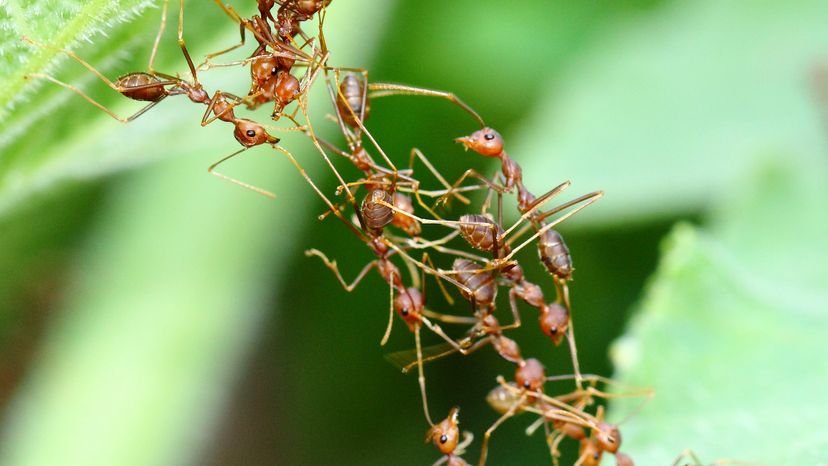
Key Takeaways
- Some of the smartest animals in the animal kingdom include dolphins, rats, pigeons, cats and baboons.
- It's difficult to compare animal intelligence as they all have evolved different abilities to help them survive in their environments.
- Scientists have tried several methods to gauge different aspects of intelligence.
Measuring animal intelligence is a complex challenge — we can't simply ask them to take an IQ test. And even if we could, we couldn’t solely determine the smartest animals on a scale that only accounts for humans' abilities and is a problematic way to assess our intelligence. Animals’ skills and behaviors result from their environments, making direct comparisons unfair.
Since there’s no standard way to measure animal intellect, scientists have tried various methods: considering swarm intelligence, calculating the encephalization quotient (how big the brain is relative to the body), weighing emotional intelligence and using MRIs on dogs to measure brain activity.
Advertisement
“According to the majority of behaviourists and animal psychologists… ‘intelligence’ can be understood as mental or behavioural flexibility or the ability of an organism to solve problems occurring in its natural and social environment, culminating in the appearance of novel solutions that are not part of the animal's normal repertoire,” according to researchers Ursula Dicke and Gerhard Roth. Just like us, animals can showcase remarkable problem-solving skills, emotional intelligence and even self-awareness.
Here, we look at the 30 smartest animals, in no particular order.
Advertisement
































